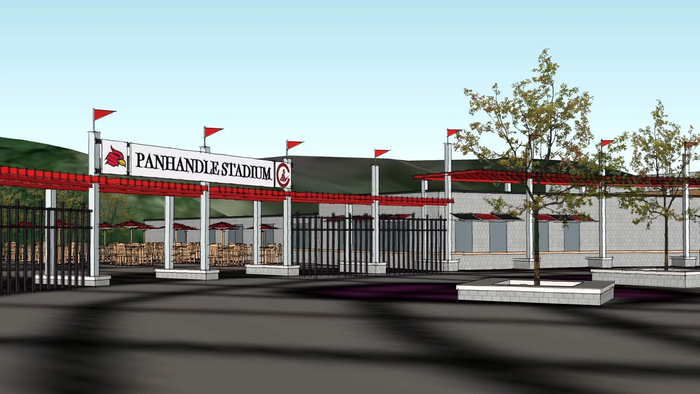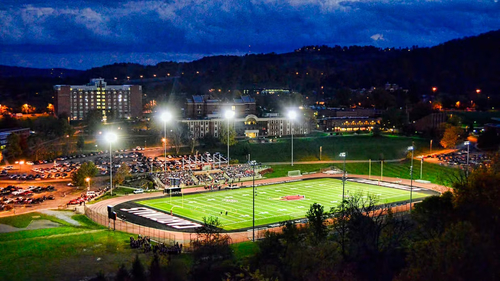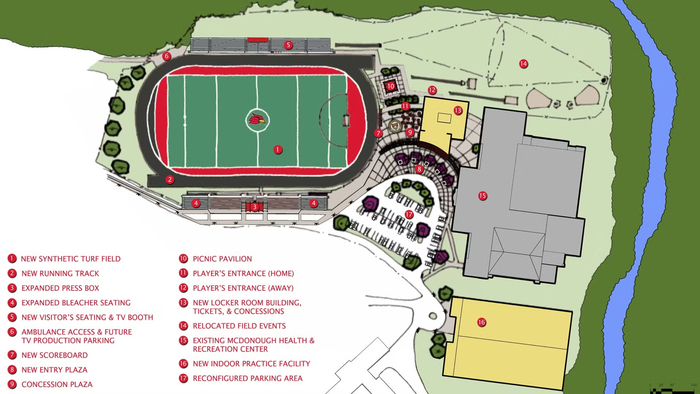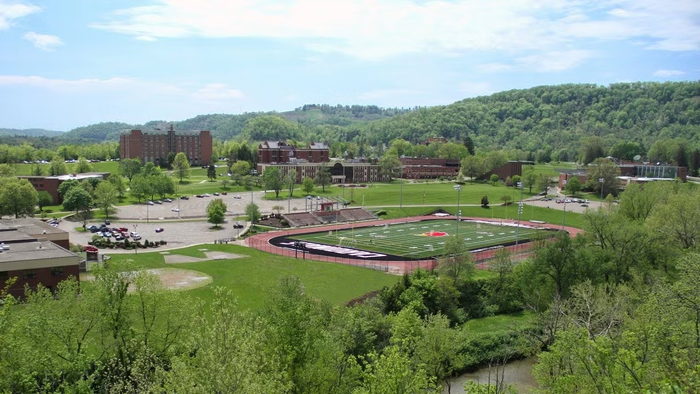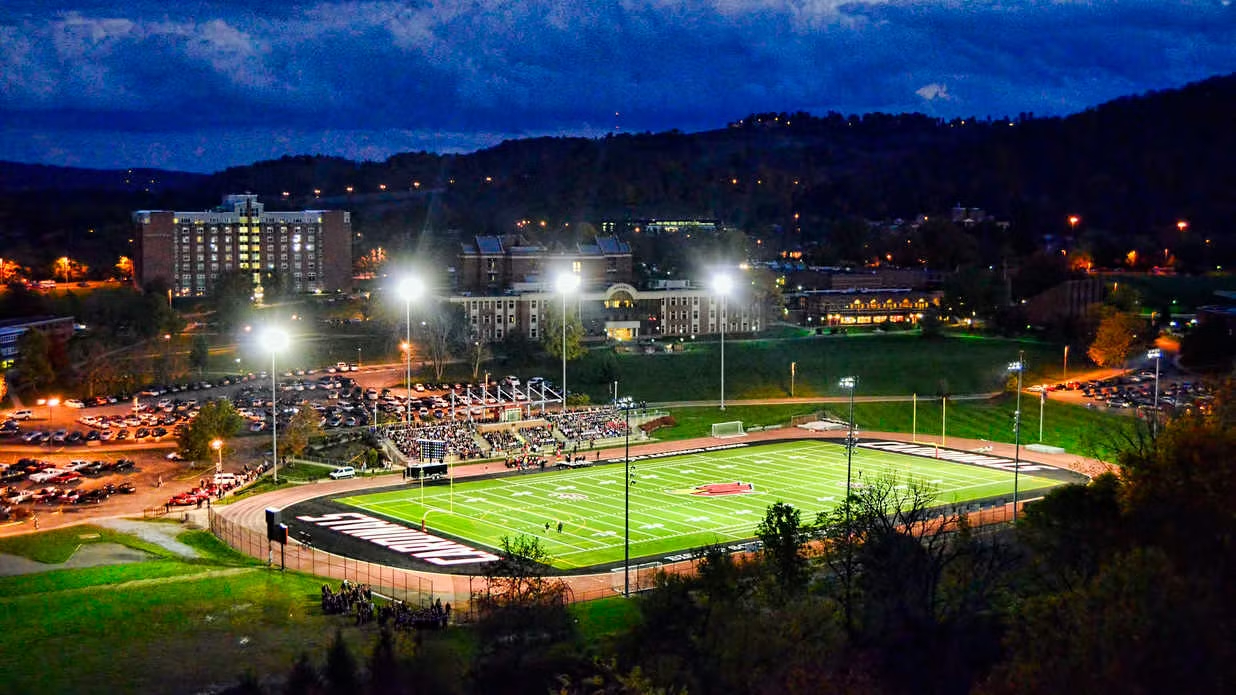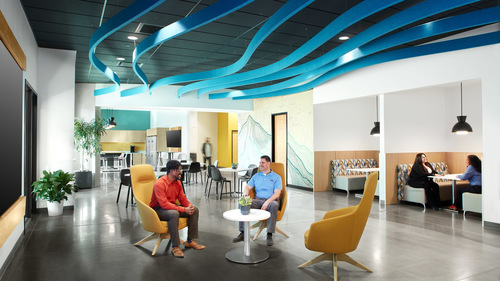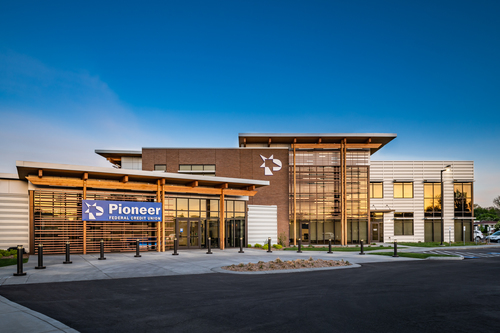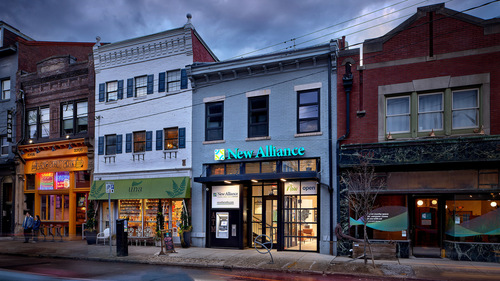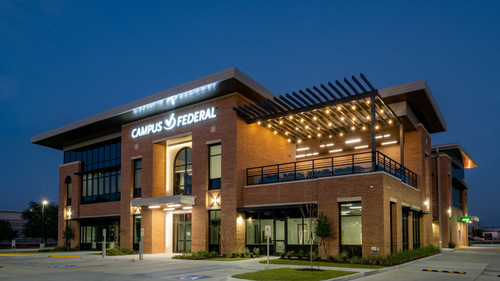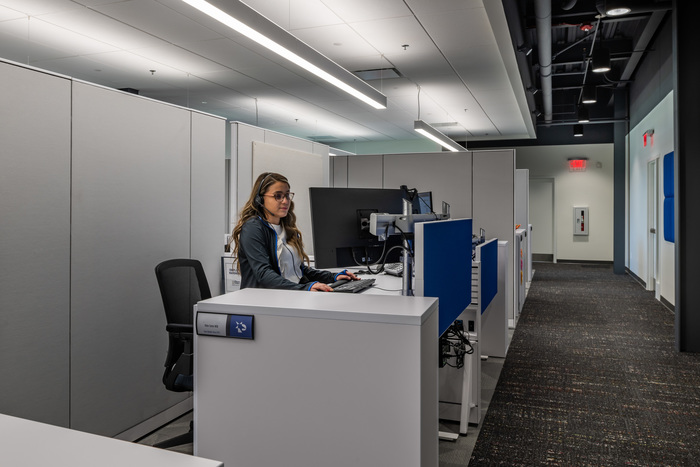Project Background
More than half of the 1,500 students at Wheeling Jesuit University (WJU) participate in collegiate athletics, and WJU was ready to make major improvements to its athletic field and ancillary facilities to better serve college athletes, intramural sports and the surrounding community.
"Our University was planning to install our first artificial turf field. And, once announced, we received numerous, unrealistic, proposals. Momentum brought a process that defined our parameters and developed a comprehensive model for cost-effective construction delivery. Ultimately, we had a superior, multi-use, field, delivered on time, with features that saved us money; we also had a plan for expansion. Momentum coordinated that process!” - Don Kaminski, Associate Vice President for Administration
